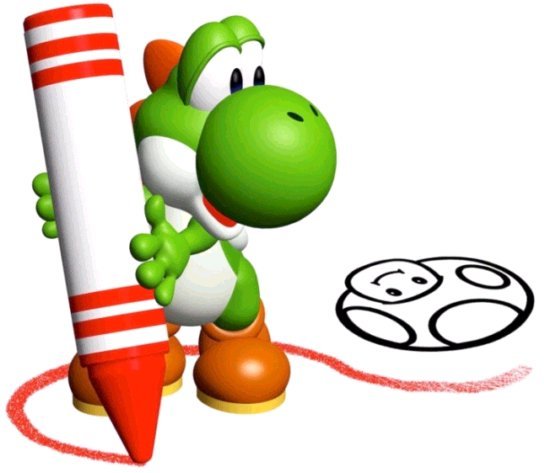
I’ve always wondered whether self-publishing was as popular as it seems. But it’s at least earned some new attention from The Wall Street Journal. In October they dug up some actual statistics on the new growth in self-published titles. They contacted the publisher of Books in Print,” who had calculated that in 2010, there were 133,036 self-published titles.
That doesn’t seem like a lot, but it’s more than the 51,237 self-published titles that they’d estimated for 2006. And of course, their estimates haven’t been updated yet to include 2011. There was a 66% increase in self-published titles from just 2009 until 2010, and if that trend continues, by the end of this year there should be more than 87,000 more. And that would bring the total of self-published ebooks to at least 220,000 by the end of December…
But many authors publish more than one book, so the number of self-publishing authors is probably much smaller, maybe even less than 100,000. And the Journal argues that self-publishing “is increasingly a tale of two cities,” with big sales going mostly to established authors (who have established audiences) while the earnings of new authors fall into a smaller, second tier. Author Nyree Belleville clearly falls in the “big sales” category, earning half a million dollars in just 18 months for her ten romance novels. In the “small” category would be Derek J. Canyon, who’s sold $10,000 worth of his four novels and a how-to book about self-publishing.
My favorite part of the article was these stories about different authors, and what happened when they explored a new kind of publishing. Nyree Belleville had been going through a traditional print publisher for her romance novels for seven years, according to the Journal. (She writes under pseudonyms like “Bella Andrea” and “Lucy Kevin”). But since April of 2010, she’s sold 265,000 copies of her ten romances as self-published books, and earned more than $500,000. The Journal notes that Amazon lets self-published authors keep 70% of their revenue — more than what they’d get from a print publisher (which is usually less than 25%). Previously the most Nyree had ever earned from a book was $33,000.
The Journal also tells the story of Darcie Chan, who self-published a “women’s fiction” novel about a secretive Vermont widow in May. In the last six month’s it’s sold “hundreds of thousands of copies,” even though it had already been rejected by several mainstream publishers. It’s all got me wondering if this will ultimately lead to new kinds of books. With hundreds of thousands of brand new writers in the Kindle Store, maybe some of them will have original new ideas that actually re-define what we’ll expect to find in books.
Just as an example, imagine the first ebook published by a teenaged reporter at a high school newspaper. If they collected their memories of their senior class, it probably wouldn’t attract a national audience. But would that really matter? Hundreds of other students in their own high school might download the ebook – and maybe also even their relatives (including curious grandparents and aunts and uncles). The high school student would be thrilled with sales in the hundreds of dollars, and maybe the book could be positioned as a kind of “alternative yearbook” — a personal and subjective counterpart to the high school’s official yearbook.
I’m not saying I know what the next big ebook will be. I’m just saying there may also be thousands of interesting “little ebooks” that carefully target a very small audience — and then make them very happy.